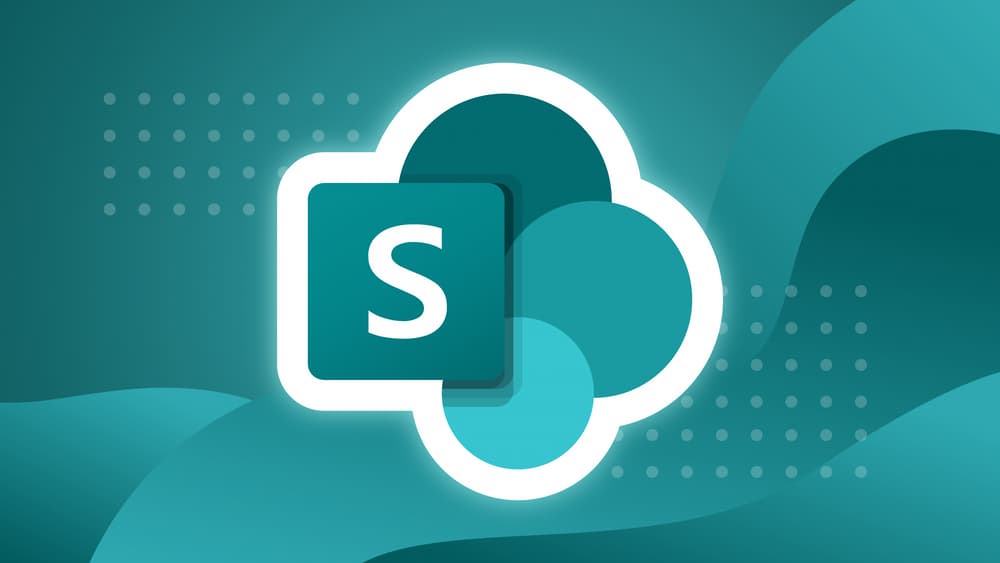In this article, we will explore five essential tips for effective SharePoint support and maintenance services. Implementing these tips will help your organization optimize its SharePoint platform, ensure smooth operations, and enhance collaboration and productivity.
Introduction:
SharePoint is a powerful platform that facilitates collaboration, document management, and workflow automation within organizations. To maximize its potential and ensure smooth operations, it is crucial to have effective support and maintenance strategies in place. In this article, we will dive into five essential tips to help you successfully manage your SharePoint platform.
Here are 5 Essential Tips for Successful SharePoint Support and Maintenance
1. Regularly monitor and audit your SharePoint environment:
Regular monitoring and auditing are essential for identifying potential issues, performance bottlenecks, and security vulnerabilities. Implementing a comprehensive monitoring and auditing system enables you to proactively detect and address issues, ensuring optimal performance and data security. Monitoring should include tracking system resources, application performance, and user activity.
2. Develop a robust backup and recovery plan
Data loss or system failures can have severe consequences for your organization. A well-defined backup and recovery plan is crucial to mitigate risks and ensure business continuity. Regularly back up your SharePoint environment, both at the farm and content level. Store backups securely, away from the primary environment, and periodically test the restoration process to verify its effectiveness.
3. Keep your SharePoint platform up to date
Microsoft continually releases updates, patches, and feature enhancements for SharePoint. Staying current with these updates is crucial to maintain security, performance, and compatibility with other systems. Regularly apply patches and updates, test them in a non-production environment before deploying them to the live environment, and establish a schedule for regular maintenance to minimize disruption to users.
4. Invest in user training and support
SharePoint's effectiveness heavily relies on user adoption. Investing in comprehensive user training and providing ongoing support helps maximize the platform's benefits. Offer training sessions, online resources, and user forums to educate your employees on SharePoint's capabilities and best practices. Establish a dedicated support team or help desk to address user questions and issues promptly, ensuring uninterrupted operations.
5. Establish governance policies and workflows:
Effective governance policies and workflows help maintain consistency, security, and regulatory compliance within your SharePoint environment. Develop clear guidelines for content management, access controls, and usage policies. Implement approval workflows and version control mechanisms to ensure accurate and appropriate information exchange. Regularly review and update governance policies to align with organizational changes and evolving industry standards.
Conclusion:
Successful SharePoint support and maintenance services require proactive measures to maximize efficiency, ensure data security, and drive user adoption. Regular monitoring and auditing, robust backup and recovery plans, staying up to date with patches and updates, investing in user training and support, and establishing governance policies will lay a strong foundation for the success of your SharePoint platform. By implementing these essential tips, your organization can streamline operations, enhance collaboration, and increase productivity through SharePoint.
Frequently Asked Questions
Q1. Why is regular monitoring and auditing important for SharePoint support and maintenance?
A. Regular monitoring and auditing allow you to proactively identify and address issues, ensuring optimal performance and data security. It helps you detect potential problems, performance bottlenecks, and security vulnerabilities before they become major issues. This allows you to take corrective actions promptly and avoid downtime or data loss.
Q2. How does a backup and recovery plan contribute to effective SharePoint support and maintenance?
A. A backup and recovery plan is crucial for mitigating risks and ensuring business continuity. It helps protect your data in the event of system failures, accidental deletions, or disasters. Regular backups of your SharePoint environment, both at the farm and content level, ensure that you can restore data quickly and efficiently. Testing the restoration process periodically ensures the effectiveness of your backup plan.
Q3. Why is it important to keep your SharePoint platform up to date?
A. Microsoft regularly releases updates, patches, and feature enhancements for SharePoint. Staying current with these updates is crucial for maintaining security, performance, and compatibility with other systems. Applying patches and updates promptly helps protect your platform from known vulnerabilities and ensures smooth operations. Testing updates in a non-production environment before deploying them to the live environment minimizes the risk of disruptions or compatibility issues.
Q4. How does user training and support contribute to the success of SharePoint?
A. SharePoint's effectiveness heavily relies on user adoption. Providing comprehensive user training and ongoing support helps maximize its benefits. Educating employees on SharePoint's capabilities and best practices through training sessions and online resources ensures that they can use the platform to its full potential. Having a dedicated support team or help desk enables prompt resolution of user questions and issues, minimizing downtime and frustration.
Q5. Why is establishing governance policies and workflows important for SharePoint support and maintenance?
A. Governance policies and workflows help maintain consistency, security, and regulatory compliance within your SharePoint environment. Clear guidelines for content management, access controls, and usage policies ensure that data is protected and used appropriately. Approval workflows and version control mechanisms ensure accurate information exchange and prevent unauthorized modifications. Regularly reviewing and updating governance policies keeps them aligned with organizational changes and industry standards.


No comments yet